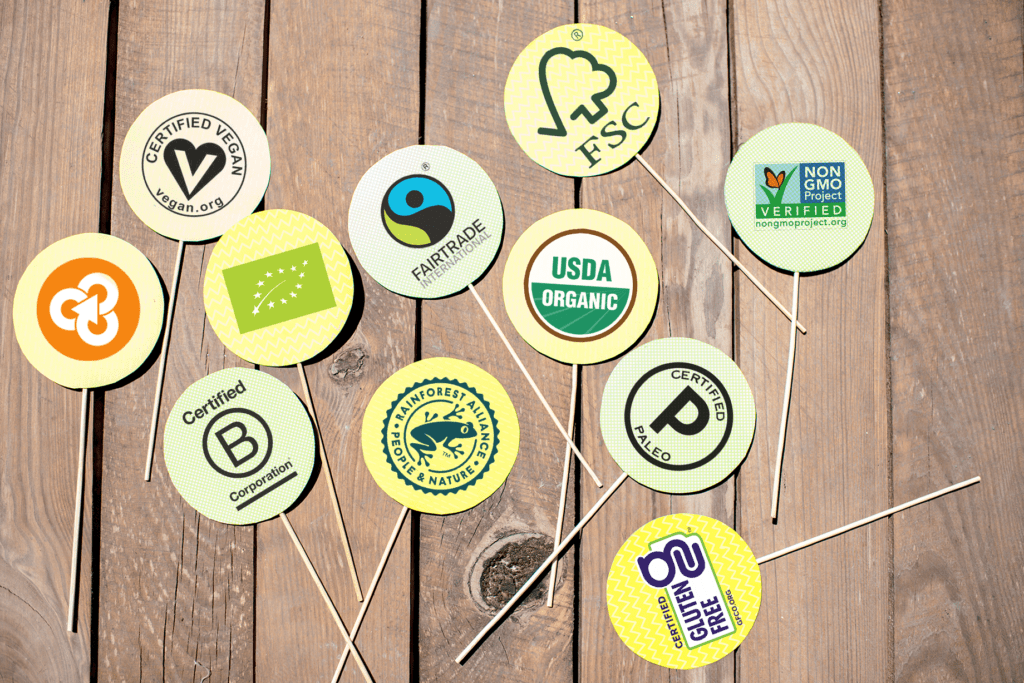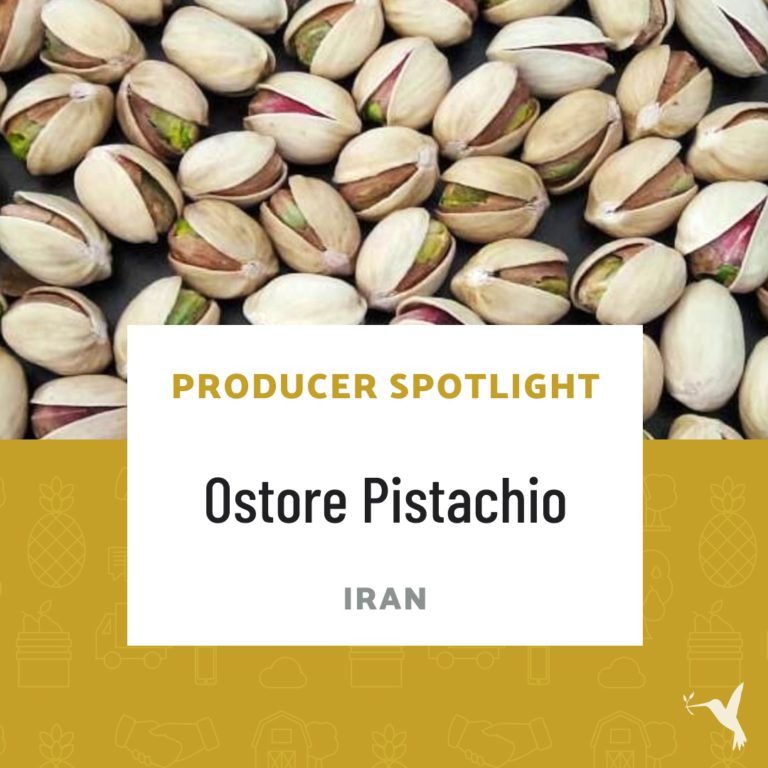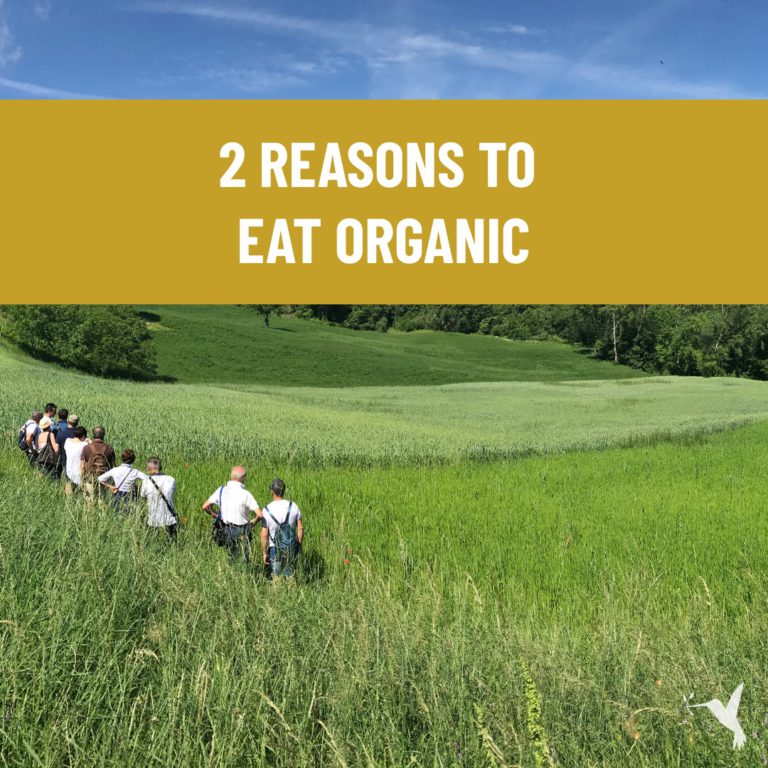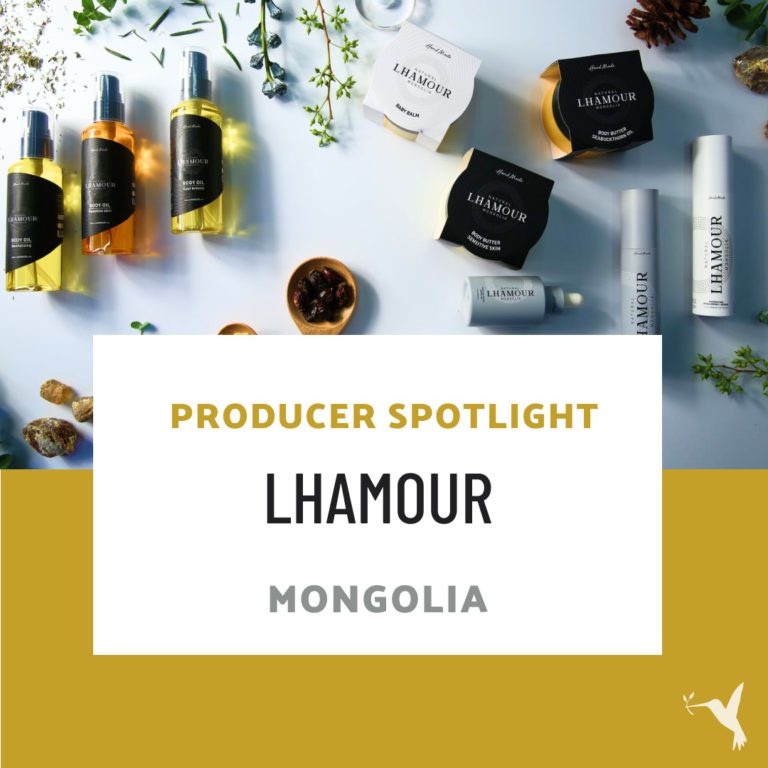Navigate Food Certifications Like A Pro
Certifications Can Be Overwhelming. Our Certification Guide Has Got You Covered!

When you go shopping, do you seek specific labels? Do you scan quickly to see if your products have any certifications at all? Or do you see words like organic and natural, grab it, and hope for the best? Either way, let us support you with an easy certification guide!
Perhaps it depends on how much time you have to spend at the supermarket. Examining and interpreting the labels on every product can turn a quick trip to the grocery store into an all-day affair.
The desire and decision-making process in ethical consumption can easily become an anxiety-inducing experience. The amount of labels to filter through is overwhelming.
We are here to help. Let’s break it down with this certification guide to make things less overwhelming.
Organic: Everyone’s First Love
One of the first certification labels to begin trending was “organic.” We absolutely loved organic. It tasted better, felt better, sounded better when we said it. The word became so popular we started using it as an adjective to describe other things, like relationships, movement, personal growth and more.
Now so many products include the word organic in their marketing or packaging that we hardly even notice it anymore.
However, to print an official label means you have to meet certain standards that are approved by a certifying body.
Certifying bodies differ across borders, and each country has its own label and process. Some examples are Canada Organic, Orgánico Argentina, Australian Certified, Agriculture Biologique (France) to name a few. In some countries, organic standards are formulated and overseen by the government. The United States, the European Union, Canada and Japan have comprehensive organic legislation, and the term “organic” may be used only by certified producers.
While many products cross borders and mingle in the international market, and international certification bodies exist, there is not yet a universal international organic standard. Some agreements are coming into place to harmonize certification between countries, facilitating international trade. For example, the International Federation of Organic Agriculture Movements (IFOAM) is currently working on harmonization efforts.
How Fair is Fair Trade?
Other labels certify social fairness, often along with environmental justice. The words “fair trade” conjure images of coffee, chocolate, and smiling farmers with fresh produce. But what does it really mean?
As with other labeling, there are multiple certifying bodies for fair trade certification, which can become confusing.
Fair trade is a designation that helps consumers choose products and support farms that provide fair wages and safe working conditions. Fair trade prohibits forced child labor, and producers on certified farms earn a premium to apply to projects such as healthcare, women’s leadership initiatives, and micro-finance programs.
Some fair trade certifications also promote environmental standards, incentivizing organic conversion, reforestation, water conservation, and environmental education.
You can see how these certifications often overlap, which makes sense. The issues within the food system are expansive and overlapping as well, and the solutions work together.
Genetically Modified Organisms & Non-GMO Certifications
GMO, the illusive and often misunderstood label, stands for “genetically modified organism,” and it refers to varieties of crops that humans have genetically modified in a lab to make them easier for farmers to grow. Non-GMO means that a food product does not contain any ingredients from such GMO crops, but it doesn’t mean that farmers grow these crops with organic methods. Many products wear the non-GMO label, and so people assume they are healthier or better for the environment, which may be true, but is not necessarily the case.
GMO does not equal organic!
If consuming foods that are not genetically modified is especially important to you (and there are plenty of reasons, if contradictory, to choose non-GMO products) then look for the non-GMO label. However, keep in mind that brands aren’t required to meet any other environmental or health standards for this certification.
Animals Are Important Too!
Animal products also tout a variety of labels. Organic is often one of these labels, while other certifications may address antibiotics, hormones, and feed, as well as animal well being.
But how do we certify if animals are treated with kindness and love? It often comes down to living conditions and space.
Eggs are a perfect example. You’ve probably seen all the labels: “cage-free,” free range,” “pasture raised.” What is the difference? Cage-free only means that the hens are not in individual cages. Generally, they’re still living inside a barn, and still not running around freely. Free-range, which is only slightly different, means that hens are supposed to have some access to the outdoors, but there could be tens of thousands of hens inside a building with a few able to escape from one small door. Pasture-raised eggs come from chickens that actually are free to walk around outside in some capacity, acting as normal chickens do.
Similar methods apply to the labels and processes with cattle, pigs, and other livestock.
The Regenerative Organic Certification: Going Deeper
If organic was our first love, regenerative organic is our deeper, more complete love. The Regenerative Organic Certification (ROC) includes labeling from each of the categories listed above. For a product to proudly wear the ROC label, it must first already be USDA Organic certified. Then it must also have labels related to animal welfare and social fairness.
Regenerative agriculture uses a holistic framework that aims to continuously renew the land, improve the overall environment, and benefit all humans and animals involved. The certification process for ROC upholds this holistic framework, requiring that producers comply and hold labels across all pillars.

Some Final Food Certification Guidance
Beware of ill-defined or buzzword labels that carry no actual standards of compliance. Some labels don’t mean anything specific. For example, it’s easy for food companies to print the word “natural” on their products, because there’s no legal standard that defines what it means.
The Food and Drug Administration of the U.S. has stated only that products carrying the “natural” label should not contain artificial colors or synthetic flavors. As a result, you can find the word “natural” on so many products, that it has lost all meaning. Similarly, anyone can call their farming practices “sustainable.”
Sometimes, the pressure we put on ourselves to be an ethical consumer is stress-inducing. It may seem like ethical consumption isn’t even possible when we begin to consider all the possible outcomes and effects of our purchases in a globalized world, where everything we do may be connected to people and ecosystems across the world.
The best advice we can give is:
- Stay informed,
- Do your best to be a responsible consumer in the ways that work best for you, and
- Don’t let shopping or eating become a stressful experience. We also have the obligation to enjoy our lives and our meals.


